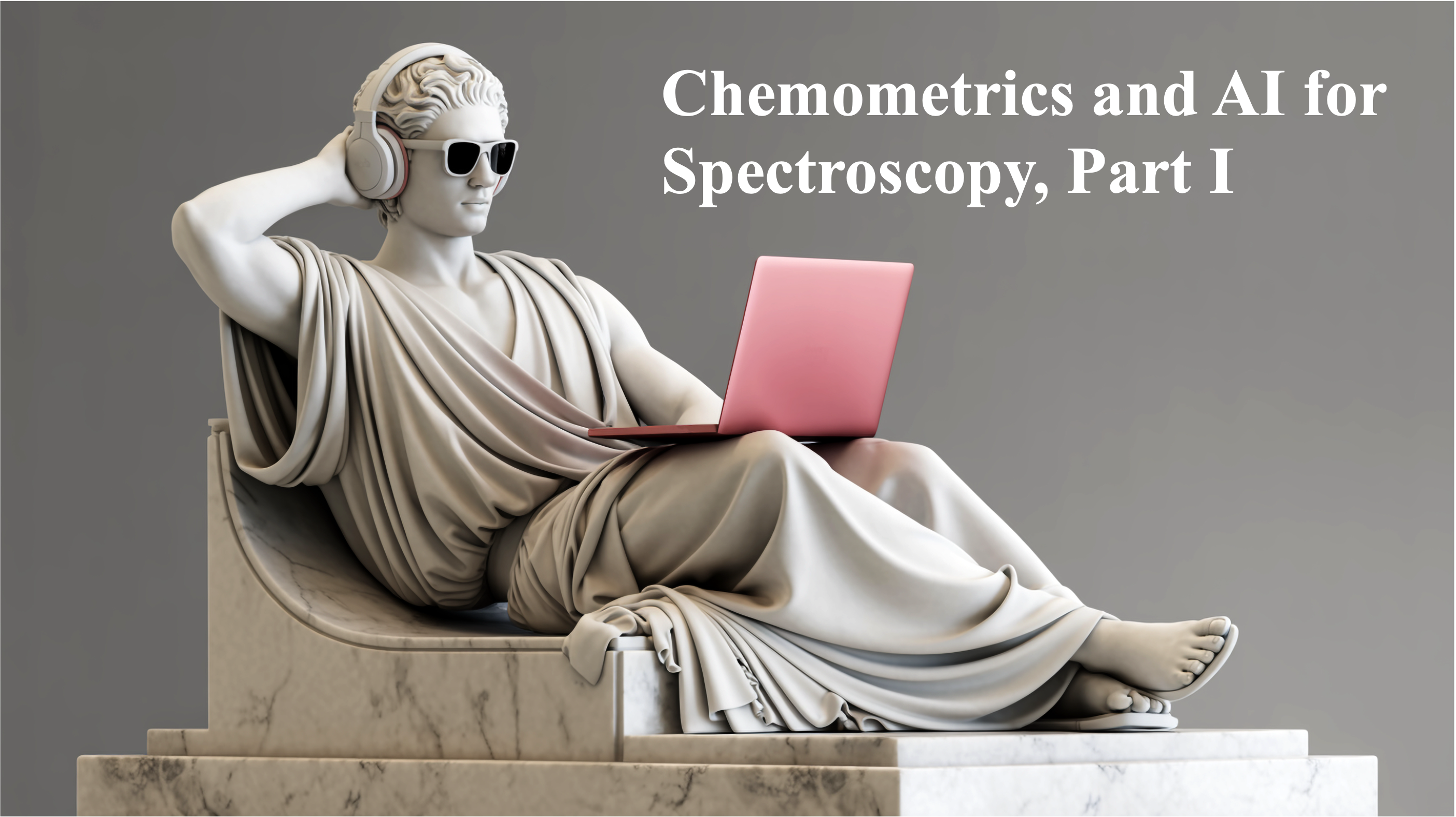Understanding the Foundations of AI in Chemometrics
Artificial Intelligence (AI) is revolutionizing the way scientists analyze spectral data. The integration of AI into chemometric analysis enables researchers to make faster and more accurate interpretations of complex datasets. Chemometrics applies mathematical and statistical methods to chemical data, and with AI, these methods become even more powerful. This first part of a two-part series dives into the foundational concepts and terminology that bridge the gap between AI and chemometrics.

Key Algorithmic Approaches and Their Role in Spectral Analysis
Researchers increasingly use AI-driven algorithms to improve quantitative calibration, classification, and interpretability of spectral data. Techniques such as machine learning and deep learning allow scientists to uncover patterns that traditional statistical approaches might miss. As a result, chemometric analysis becomes more robust and insightful, accelerating discoveries in chemical research. The article also emphasizes the importance of understanding key algorithmic terms and the practical integration of AI tools in spectroscopy. These advances make AI an indispensable partner in chemometric workflows, ultimately leading to smarter and more efficient data analysis.
















